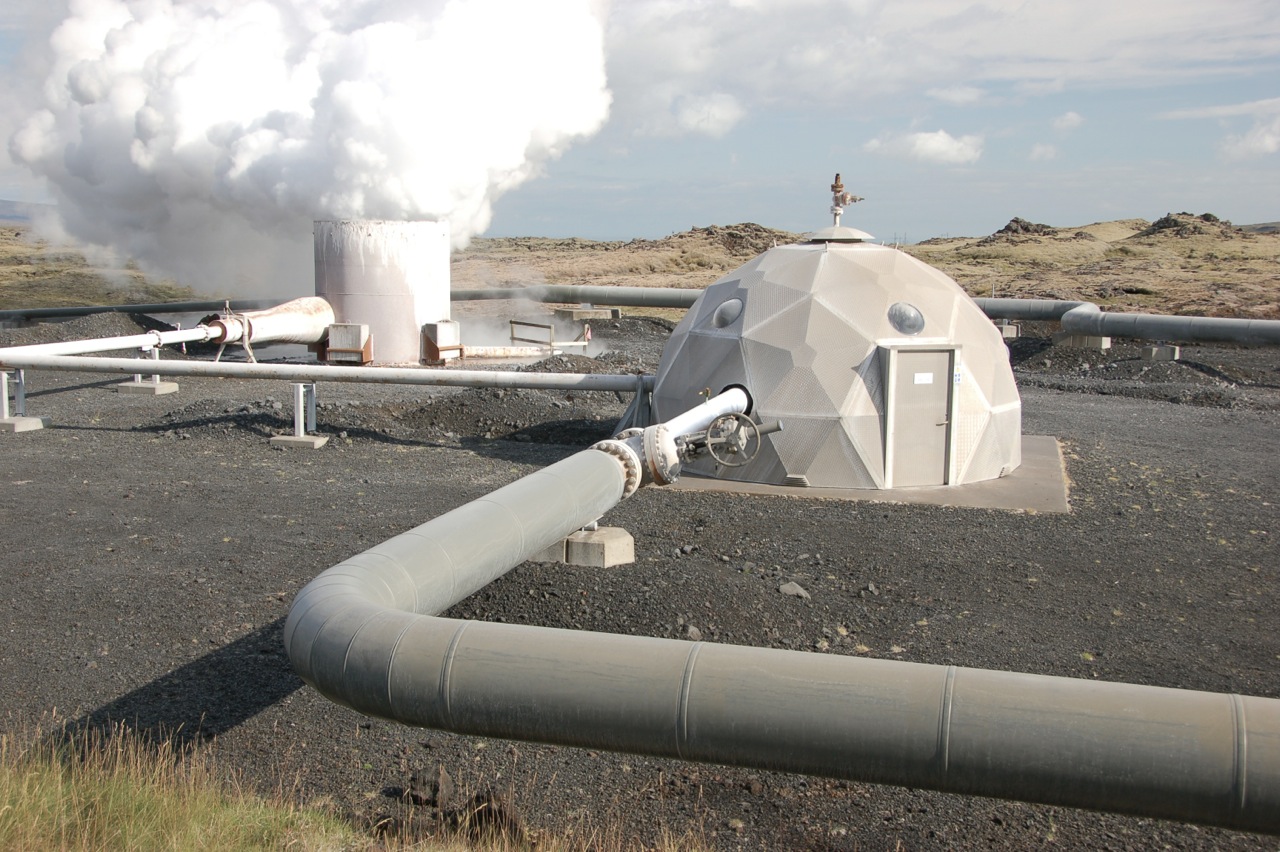
As noted the post Terra: The Formation of Iceland & its First Parliament, Iceland was created by an uplifting of the ocean floor at the Mid-Atlantic Ridge (the fissure separating the North American and Eurasian tectonic plates) and by the mantel “hot spot” lying underneath the island. Deep down, Iceland contains a roiling cauldron that reaches the surface in thermal pools, mud pits, and volcanoes.
Iceland’s geothermal energy has been tapped since the country's origins and its use continues to grow. While hydropower remains an important source of renewable energy, according to the Iceland Energy Authority:
In 2009, roughly 84% of primary energy use in Iceland came from indigenous renewable resources. There of 66% was from geothermal.
The remaining 16% of Iceland’s energy comes from imported oil.
Almost 50% of the harvested geothermal energy is used for space heating of homes and buildings. Natural hot water is piped from wells taped into the Earth such as the one above we visited near Reykjavik. The pipe carrying hot water is surrounded by insulation contained within the visible larger pipe. Small sliders underneath the pipe's joints allow it to move slightly during weather extremes and changes in ground movement.
Icelander’s heat their swimming pools with geothermal energy with 90% of approximately 170 recreational swimming centers heated this way. Other uses include warm water for fish farming (primarily salmon, arctic char, and trout) and heat for greenhouses.
According to the IEA, geothermal energy is also used in snow melting and deicing of parking lots and sidewalks:
In downtown Reykjavik, a snow-melting system has been installed under the sidewalks and streets over an area of 50,000 m2. About two thirds of the energy is from return water from space heating systems.
The use of geothermal energy in Iceland continues to grow while the use of other resources is decreasing: “The share of oil for heating continues to decrease and is at present at about 1%.”
The quote from Living Earth - Outline of the Geology of Iceland included in my previous post on Iceland is worth repeating:
Only in certain locations are there hot spots underneath the oceans where magma production is sufficient to allow islands to form, among the most significant being Iceland, the Galapagos islands and the Hawaiian islands.
Iceland is using its natural endowments to thrive.
